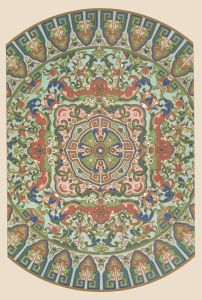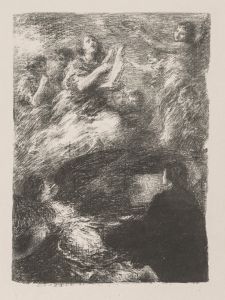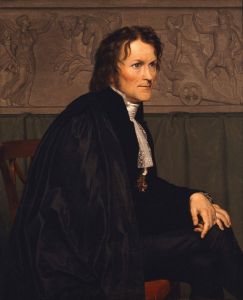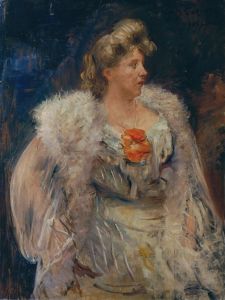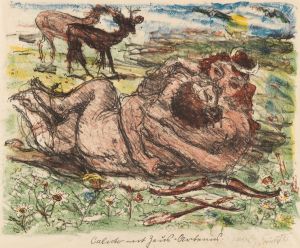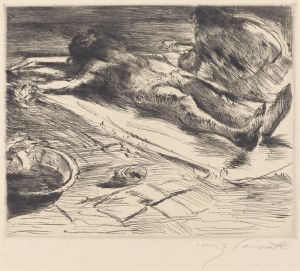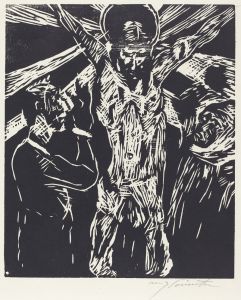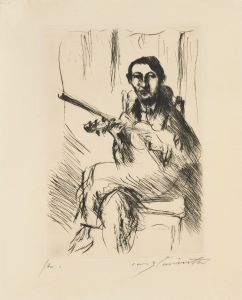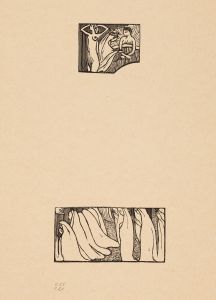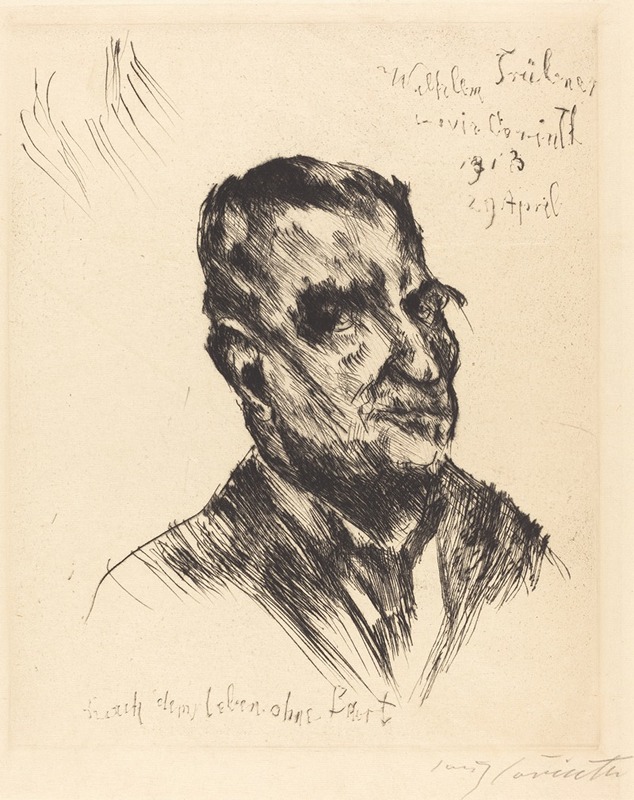
Wilhelm Trübner
A hand-painted replica of Lovis Corinth’s masterpiece Wilhelm Trübner, meticulously crafted by professional artists to capture the true essence of the original. Each piece is created with museum-quality canvas and rare mineral pigments, carefully painted by experienced artists with delicate brushstrokes and rich, layered colors to perfectly recreate the texture of the original artwork. Unlike machine-printed reproductions, this hand-painted version brings the painting to life, infused with the artist’s emotions and skill in every stroke. Whether for personal collection or home decoration, it instantly elevates the artistic atmosphere of any space.
Wilhelm Trübner by Lovis Corinth is a notable painting that exemplifies the artistic style and historical context of its creation. Lovis Corinth, a prominent German painter, was known for his contributions to the transition from Impressionism to Expressionism in the late 19th and early 20th centuries. His works often depicted a wide range of subjects, including portraits, landscapes, and historical scenes, characterized by vigorous brushwork and a vibrant use of color.
Wilhelm Trübner, the subject of this painting, was a fellow German artist and a contemporary of Corinth. Trübner was associated with the Munich Secession, a group of artists who sought to break away from the traditional academic art of the time. He was known for his realistic style and his contributions to the development of modern art in Germany. The relationship between Corinth and Trübner was likely one of mutual respect and artistic camaraderie, as both artists were influential figures in the German art scene during their lifetimes.
The painting itself is a portrait, capturing Trübner with a sense of immediacy and vitality that is characteristic of Corinth's work. Corinth's approach to portraiture often involved a dynamic composition and a focus on the psychological presence of the sitter. In this painting, Corinth employs his signature loose brushstrokes and a rich palette to convey the personality and character of Trübner. The use of light and shadow in the painting adds depth and dimension, highlighting Corinth's skill in rendering the human form.
Lovis Corinth's artistic journey was marked by a significant evolution in style. Initially influenced by the Impressionists, Corinth's work gradually incorporated elements of Expressionism, reflecting his interest in capturing the emotional essence of his subjects. This evolution is evident in his portrait of Wilhelm Trübner, where the expressive brushwork and bold use of color suggest a departure from strict realism towards a more interpretive representation.
The historical context of this painting is also significant. Created during a period of great change in the art world, Corinth's work reflects the broader movements that were reshaping artistic expression in Europe. The late 19th and early 20th centuries were a time of experimentation and innovation, as artists sought new ways to depict the world around them. Corinth's portrait of Trübner can be seen as part of this larger narrative, showcasing the dynamic interplay between tradition and modernity.
In summary, Wilhelm Trübner by Lovis Corinth is a compelling example of Corinth's portraiture, capturing the essence of a fellow artist during a transformative period in art history. The painting not only highlights Corinth's technical skill and expressive style but also serves as a testament to the vibrant artistic community in Germany at the time. Through this work, viewers gain insight into the personalities and relationships that shaped the course of modern art.





